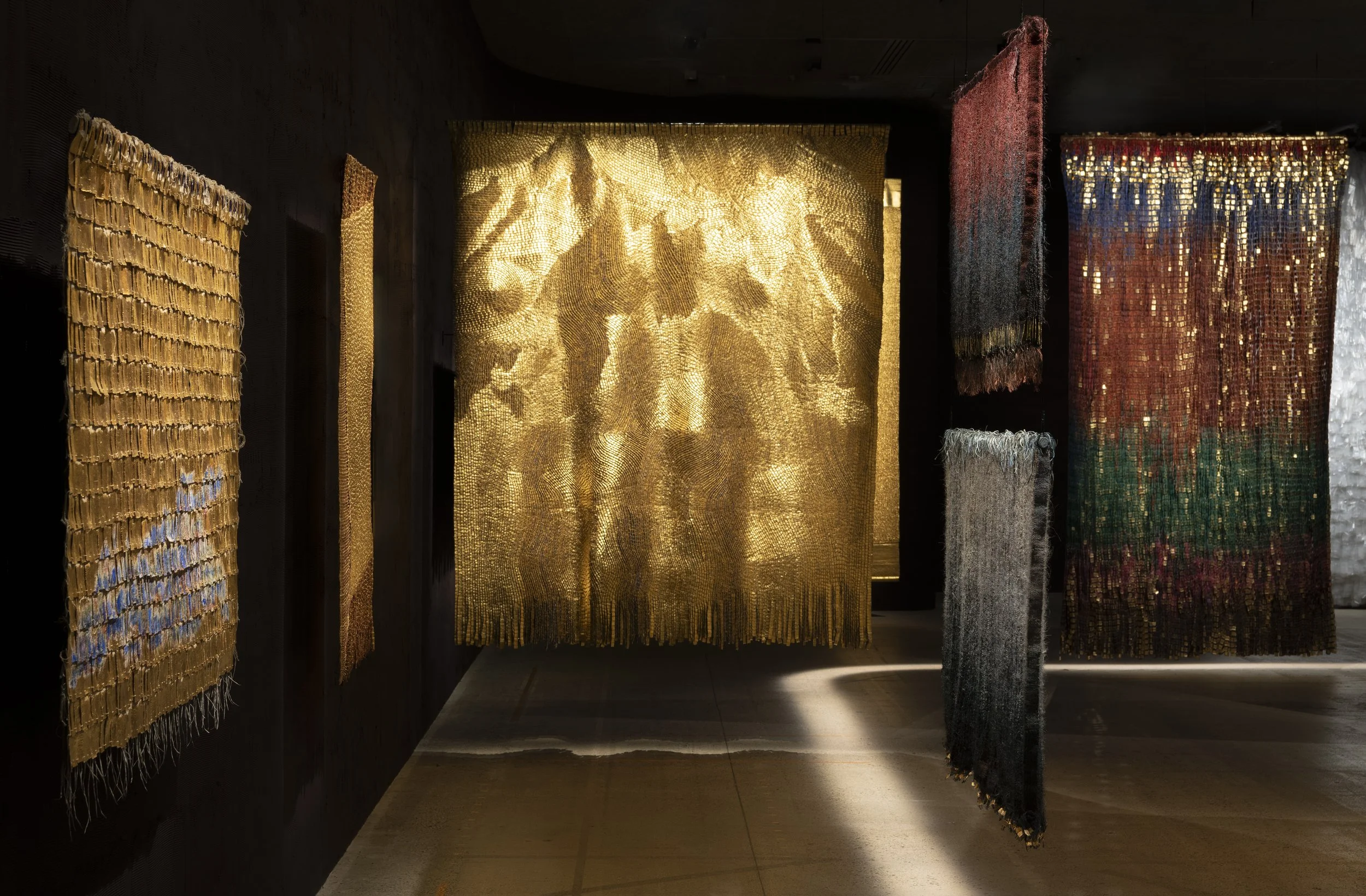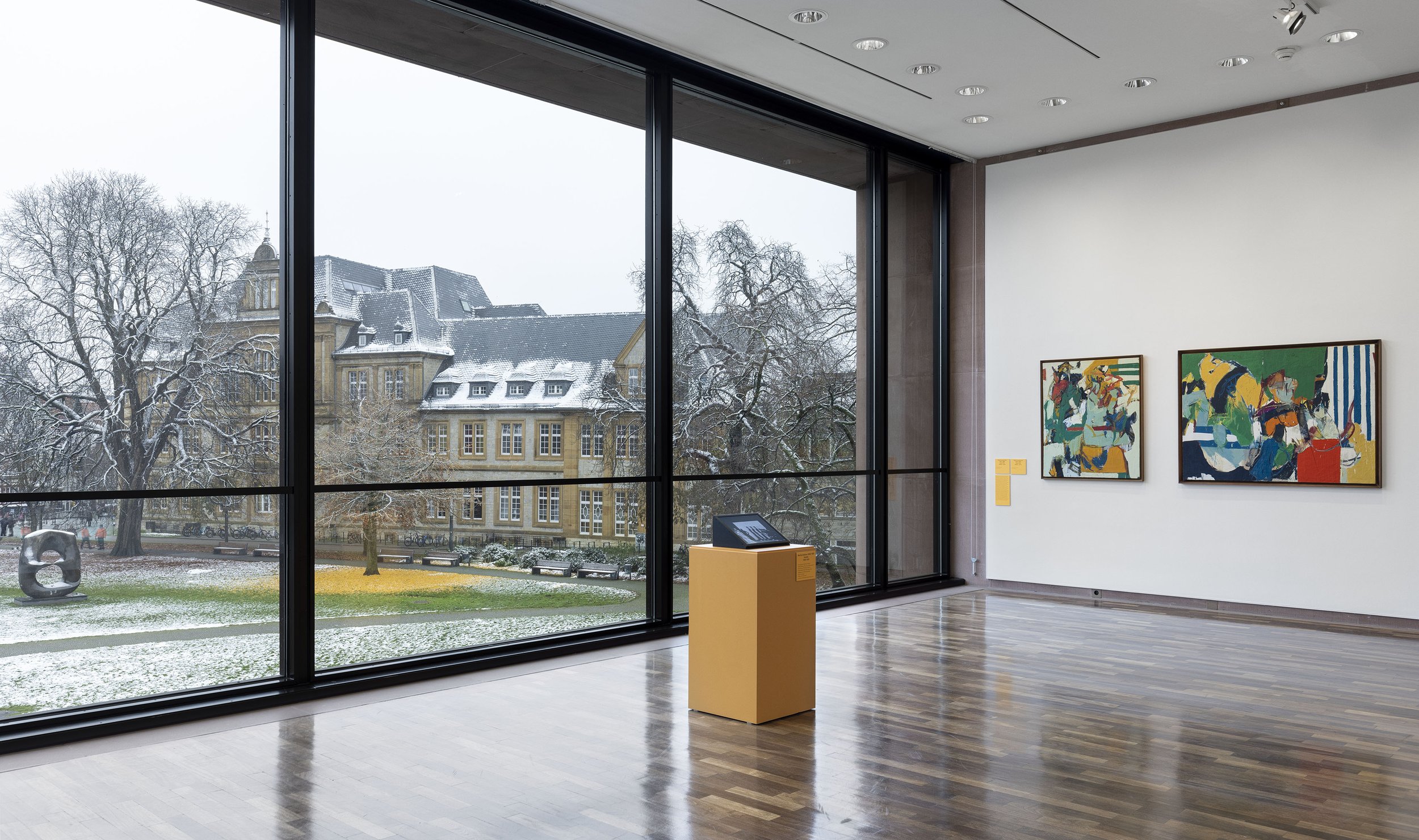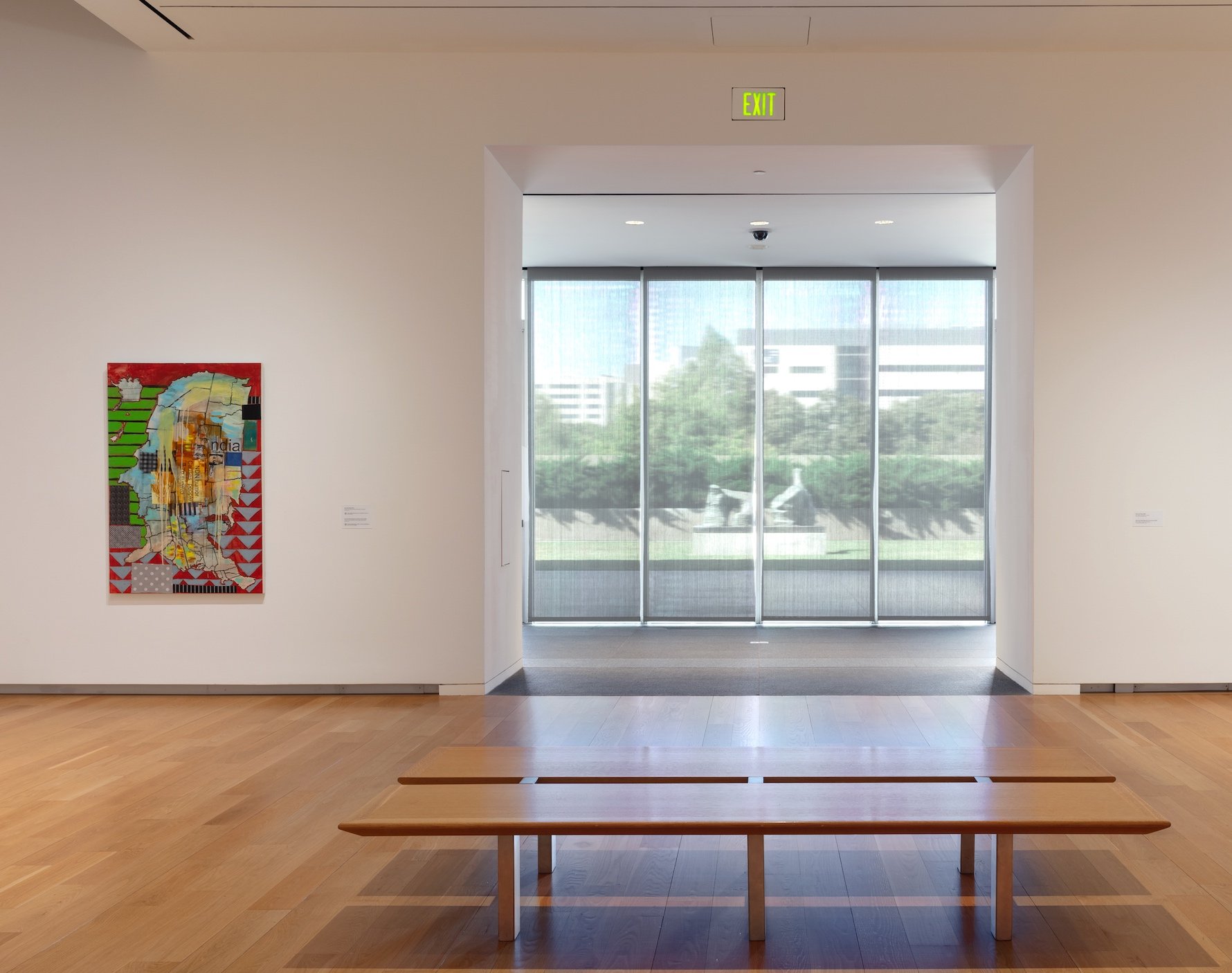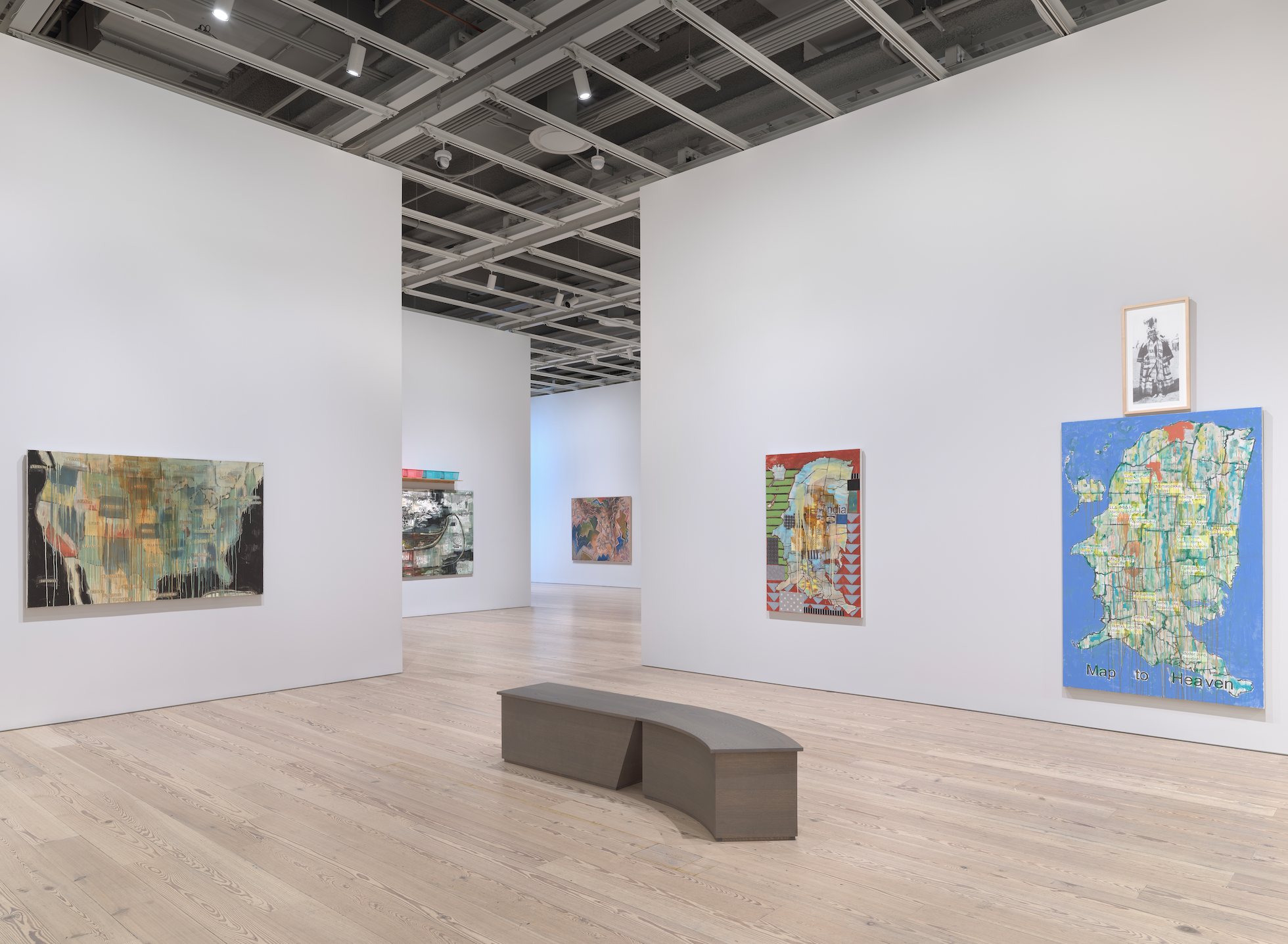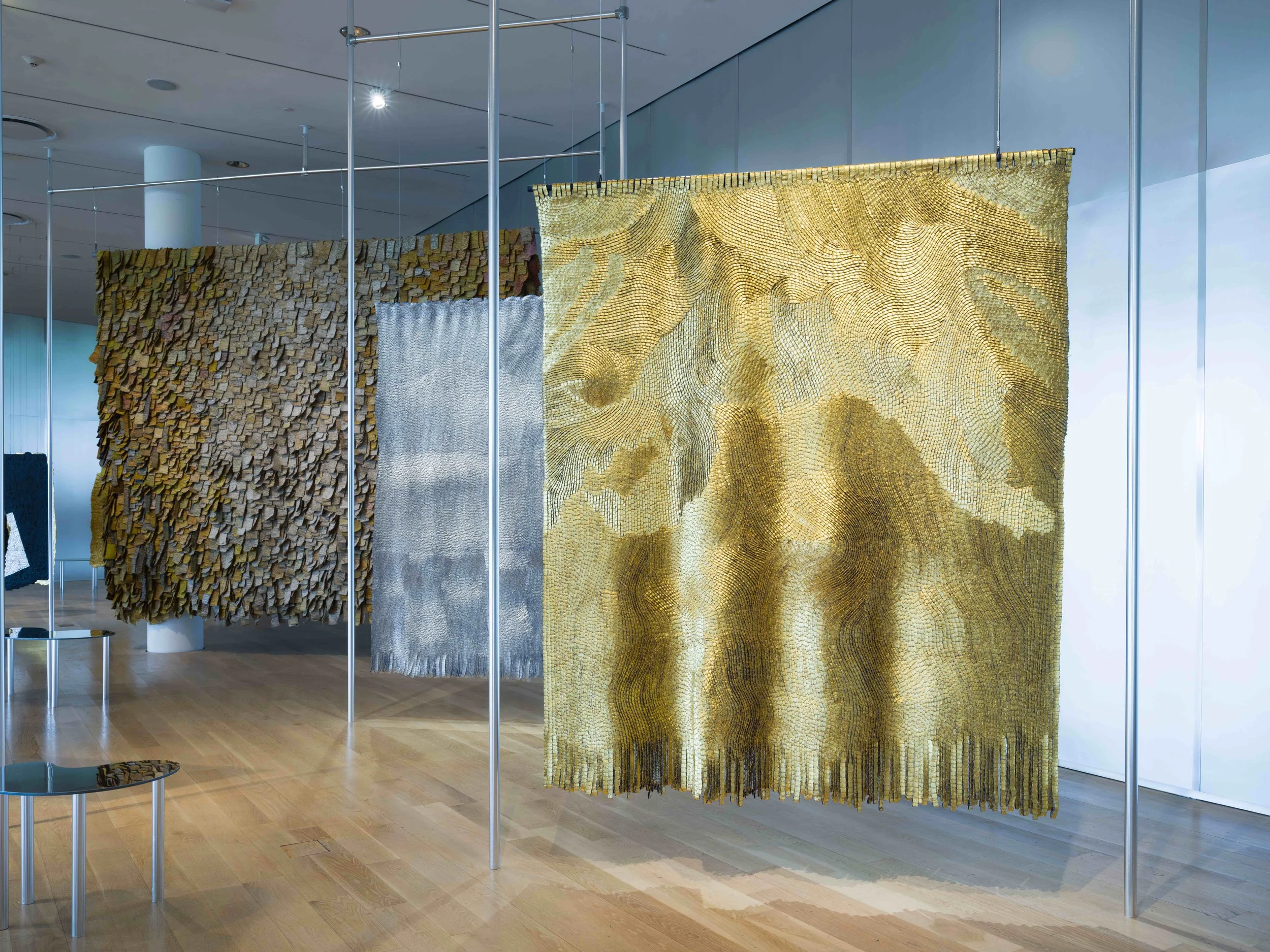ETHICAL INVESTMENTS
DELIVER MORE ATTRACTIVE
RETURNS
by Lars Nittve
Over the past 20 years, Western culture and, by extension, its market systems have increasingly engaged in a revisionist process. The process has subverted the assumed hierarchies and, more importantly, reconsidered the inclusions and exclusions made by taste-makers and historians who have followed in their footsteps over the past two centuries. Although the process has only just begun, there is a complete reassessment of women’s place in art history that shines a spotlight on women artists across the centuries, such as Berthe Morisot, Ljubov Popova, Joan Mitchell and many many more.
We have seen similar developments in music, with Fanny Mendelssohn, Clara Schumann and Lili Boulanger emerging from the shadows, as well as in architecture and design with the late recognition of Eileen Gray, Charlotte Perriand, Aino Aalto and many more. All forgotten or obscured at different times for one single reason - they were women.
There are a number of exclusions that happen for reasons other than gender. The most obvious, not least highlighted by recent developments in the United States, is race, where practitioners of all cultural disciplines have been systematically disadvantaged and often excluded. In addition, sexual orientation, or being born into an ethnic, not to mention indigenous, minority in any part of the world has also been shown to be a reason for being excluded from the mainstream society’s art historical “canon.” For example, few in the art world of Sweden, Norway or Finland were aware of, or had expertise in, Sámi contemporary art before it was presented at the major “doku- menta 14” exhibition in 2017. Since then, we have seen a large number of exhibitions and a subsequent market development with strong price increases.
The art system is changing and is ultimately powered by a general ideological shift, which is further reinforced by the fact that we find more and more women and people from minority backgrounds in decision-making roles such as curators, museum directors and collectors. The change is probably also fueled by the market’s need to broaden its horizons under
the pressure of an ever-expanding and globalized art market. Groundbreaking examples of the ongoing recalibration of the hierarchies of art history include the acquisition campaign “The Second Museum of Our Wishes” at Moderna Museet 2006-2007, “elles @ centrepompidou” at Centre Pompidou 2009, “Modern Women” at MoMA in New York 2010 and the Louisiana Museum of Modern Art and Kunstsammlung Nordrhein-Westfalen’s exhibition “Die Andere Seite Des Mondes” 2012. Important thematic exhibitions that have contributed to the reformulation of art history include “Women of Abstract Expressionism” at the Denver Art Museum in 2016 and “Elles font l’abstraction” at the Centre Pompidou in 2021, as well as “Action, Gesture, Paint - Women Artists and Global Abstraction 1940-1970,” organised
“There is a megatrend of revisionism going on that will likely have a major impact on price trends on the art market over the next 5-10 years. It is not only an important theme in our investment strategy, but also gives us an opportunity to support equality and justice in the art industry.”
by the Whitechapel Gallery in London and then traveling to France and Germany. Similar museum-driven projects have also been developed in other areas in need of major change. This may involve shifting the geographical focus, such as the collection presentations at Tate Modern in London and M+ in Hong Kong, or writing previously excluded materials and techniques into art history, as in “Unravel: The Power and Politics of Textile Art” at the Barbican Art Gallery in London and the Stedelijk Museum in Amsterdam. The list is long and growing fast.
The growing interest in previously disadvantaged artists also has positive consequences for their market value. Women artists are slowly moving up the art price ladder though the generalization from “The Second Museum of Our Wishes” project in 2007, that a woman artist who in all other aspects was on par with her male colleagues only reached 5% of their market value is still partly true. However, in recent years this has changed and the prices of works by significant women artists have increased exponentially. The market potential in this area is huge and prices for paintings by Joan Mitchell, for example, have increased tenfold since the early 2000s. And while the interest in black artists has also grown considerably, there is still great potential for growth.
The Investment Committee is well placed to actively gather artists or groups of artists that may be of interest for museums to include in their exhibitions or even form the foundation for exhibitions in a museum. Indeed, a good example may well be how Arte Collectum introduced the South Korean artist Wook-kyung Choi to the team organizing the above-mentioned exhibition, “Action, Gesture, Paint,” which led to her becoming one of the leading artists of the exhibition. Activating the works we have in our collections in this way and making sure they are displayed, published and recognized, is an absolutely central part of the funds’ strategy!

